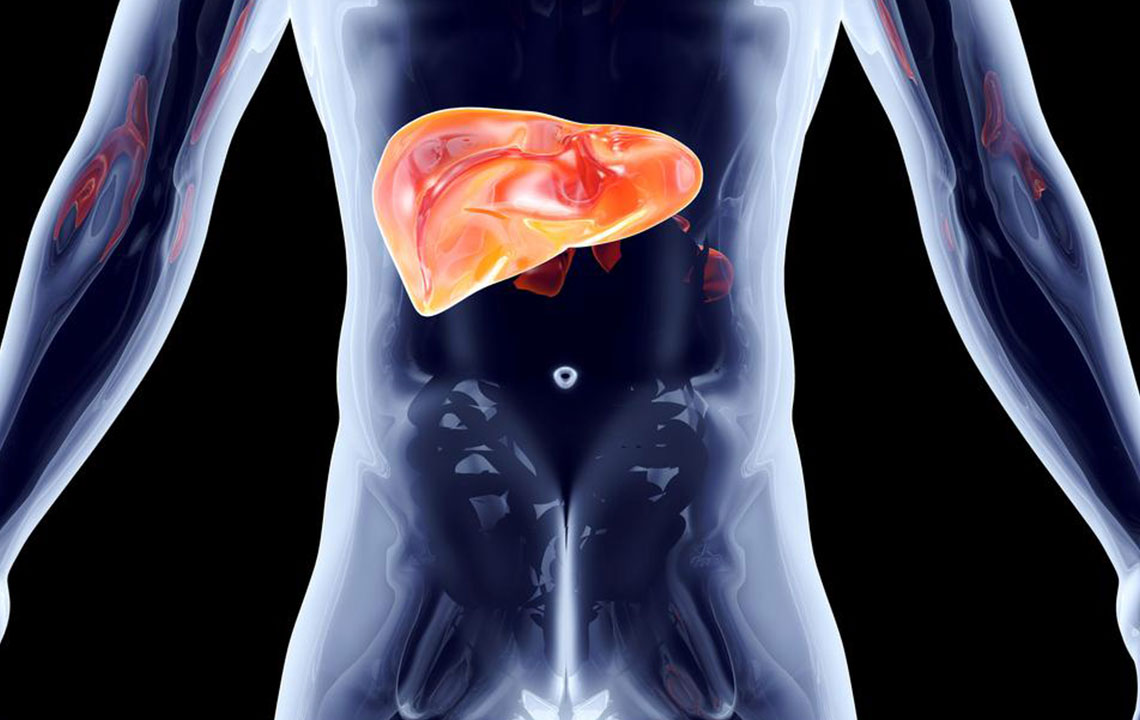Comprehensive Guide to Managing Hepatitis C Effectively
This comprehensive guide explores effective strategies for managing hepatitis C, emphasizing early diagnosis, antiviral treatments, and lifestyle modifications. It covers transmission, symptoms, diagnostic methods, and the latest treatment options including DAAs, offering valuable insights for patients and healthcare providers to combat this chronic liver disease. Discover how modern medications have revolutionized hepatitis C management, reducing complications and improving quality of life.

Comprehensive Strategies for Managing and Treating Hepatitis C
Hepatitis C remains a significant global health concern, primarily affecting the liver. This viral infection is caused by the hepatitis C virus (HCV), a blood-borne pathogen that can lead to chronic liver disease if not appropriately managed or treated promptly. Among the various types of hepatitis viruses, hepatitis C is particularly notorious for its silent progression and potential for severe complications, including cirrhosis and liver cancer. Understanding the nature of hepatitis C, its transmission pathways, symptoms, diagnostic methods, and the most effective management strategies is essential for patients and healthcare providers alike.
Hepatitis C transmission primarily occurs through exposure to infected blood and bodily fluids. Common routes include sharing needles during drug use, receiving contaminated blood transfusions before widespread screening, unsterilized tattooing or piercing practices, and unsafe sexual activities. Although less common, vertical transmission from mother to child can also occur during childbirth. Recognizing these transmission pathways underscores the importance of early preventive measures to curb infection spread and protect at-risk populations.
Typically, acute hepatitis C may be asymptomatic, making early detection challenging. When symptoms do manifest, they often include jaundice, which causes yellowing of the skin and eyes, fatigue, abdominal pain or discomfort, nausea, loss of appetite, and sometimes dark urine. Because these symptoms are common to many illnesses, screening and diagnostic testing are crucial in confirming infection. The primary diagnostic tool is the HCV antibody test, which indicates whether a person has been exposed to the virus. Confirmatory tests, such as HCV RNA PCR tests, determine active infection and guide treatment plans.
While vaccines exist for hepatitis A and B, currently, there is no approved vaccine for hepatitis C. This gap highlights the critical role of early diagnosis and antiviral treatment in preventing long-term liver damage. Patients diagnosed with hepatitis C are advised to adopt healthy lifestyle habits, including adequate rest, proper hydration, a balanced and nutritious diet, and avoiding alcohol consumption. These measures support liver health and improve treatment outcomes.
Antiviral Medications for Hepatitis C:
One of the most effective management strategies involves antiviral medications aimed at eradicating the virus. Peginterferon, a synthetic form of a naturally occurring protein, has traditionally been used to boost the body's immune response against hepatitis C. When combined with ribavirin, an oral antiviral drug, the treatment efficacy improves significantly. Interferon acts by disrupting viral replication, helping to reduce viral loads quickly and effectively in suitable cases.
This form of therapy was the cornerstone of hepatitis C management before the advent of direct-acting antivirals (DAAs). It remains a suitable choice for mild or uncomplicated cases, especially when other treatment options are limited. Interferon-based treatments tend to have more side effects and longer durations, but they are still relevant in certain clinical scenarios.
Innovative Treatment Options with Direct-Acting Antivirals (DAAs):
Recent advancements have revolutionized hepatitis C treatment with the development of DAAs, which target specific steps in the HCV life cycle. These medications have markedly higher cure rates, shorter treatment durations, and fewer side effects. Commonly prescribed DAAs include Mavyret, Zepatier, Harvoni, and Viekira Pak, each with unique combinations tailored to different genotypes of the virus.
for example, Mavyret contains glecaprevir and pibrentasvir and is typically administered daily for 8 to 12 weeks depending on disease severity and patient characteristics. Zepatier combines elbasvir and grazoprevir, providing an effective once-daily option. Harvoni, a popular combination of sofosbuvir and ledipasvir, offers ease of dosing and high cure rates. Visevi, which includes sofosbuvir, velpatasvir, and voxilaprevir, is often used in cases of previous treatment failure or resistant infections. These treatments have dramatically improved prognosis for patients with chronic hepatitis C, minimizing the risk of complications and liver failure.
In conclusion, managing hepatitis C effectively requires early detection, appropriate antiviral therapy, and lifestyle modifications. While no vaccine currently exists, the array of antiviral medications provides hope for those infected. Patients should work closely with healthcare providers to determine the most suitable treatment regimen based on the virus genotype, disease stage, and overall health. Continued research and development aim to enhance treatment success rates and move toward eventual eradication of hepatitis C as a global health threat.





